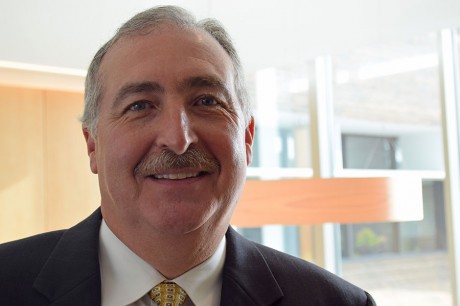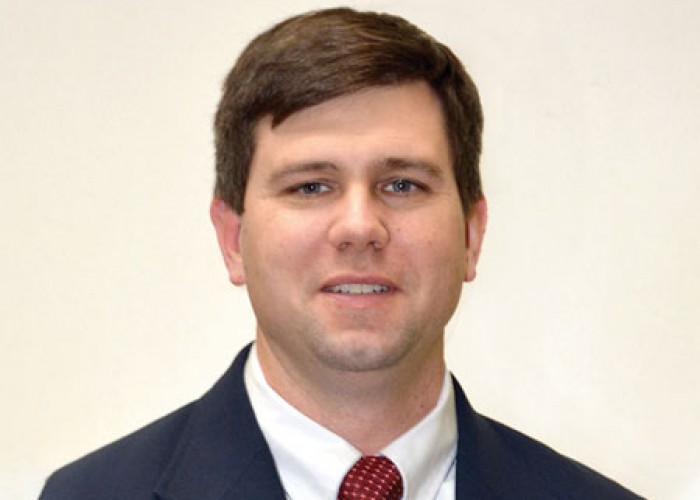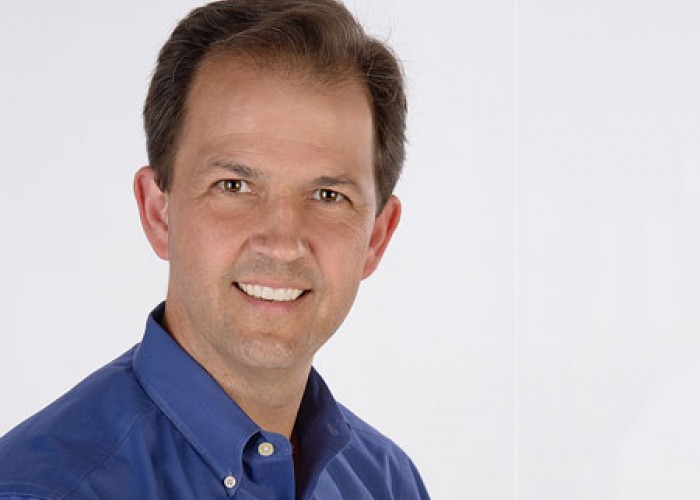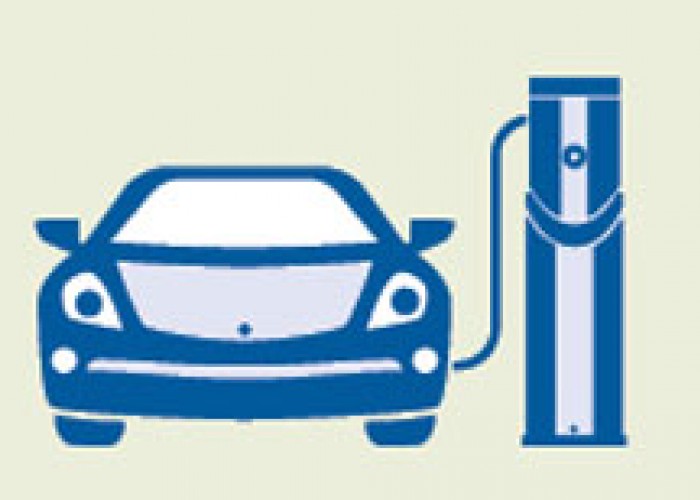A Brighter Energy Future for All
Finding more efficient, more cost-effective ways of powering your homes and businesses
By Mike Burnette
Anyone who works for an electric cooperative can boil our mission down to a pretty simple concept: we exist to serve our members and their communities. What does that mean day-to-day? It means delivering power to homes and businesses in the safest, most reliable and affordable way possible.
You’ll see that in action when line crews work through the night following a storm, or when we share energy efficiency tips in the pages of this magazine. We’re here to serve you.
As simple as that sounds, we operate in an industry that is changing rapidly, and electric co-ops are finding new and innovative ways to take our service to the next level. We’re finding more efficient, more cost-effective and reliable ways to keep that power flowing to our communities. If you stand back and look at all of these innovations, you’ll find they’re rooted in three main values, working together to bring our members a brighter energy future.
If you stand back and look at all of these innovations, you’ll find they’re rooted in three main values, working together to bring our members a brighter energy future.
First, we’re focused on generating electricity with as few carbon emissions as possible. North Carolina’s electric cooperatives get their power from a wide range of sources, including assets owned by the North Carolina Electric Membership Corporation (NCEMC). NCEMC’s generation relies on fewer fossil fuels than electric utilities nationwide. For example, coal-fired generation accounts for only 6 percent of NCEMC’s fuel mix; nationwide, coal accounts for 30 percent of the mix.
Like a good investment portfolio, a diverse fuel mix helps ensure reliability and affordability for consumers. Reducing our reliance on carbon-heavy fuels like coal is more sustainable, and it helps create a low-carbon emissions environment overall. We see it as good for the environment, good for reliability and good for affordability — a win all around.
Second, we are integrating technology to make our power grid more resilient and more flexible. You hear about the “smart” grid, and that’s part of it, but we are focused on finding ways to make a more flexible grid. A grid that can come back online faster after a hurricane or ice storm. A grid that can accommodate members who want to work with their local co-op and install solar panels or other distributed resources. A grid that can help members save money by working with things like smart thermostats to trim electricity use during times when demand for electricity is high and more expensive.
Third, we’re finding ways to use electricity in new and beneficial ways — taking things that were conventionally powered by other fuels and converting them to electricity to make them cleaner, cheaper and more energy efficient. This offers tremendous promise across all industries and sectors, from transportation to agriculture and manufacturing.
One of the best examples of this is electric vehicles (EVs). As the cost to purchase an EV comes down and better batteries increase range to what you’d expect from a gasoline engine, EVs start to make a lot of sense. The fuel — electricity — is cheaper than gasoline, with less volatile prices. The upkeep is minimal. And overall, fewer gas guzzlers on the road means fewer emissions and cleaner air.
Go back to my first point, and it starts to become clear how all of this works together. Electricity generated more cleanly can be delivered over a more flexible grid to more devices equipped to benefit from that electricity — providing you more convenience and control over your energy costs.
These three values put electric co-ops and our members in a position of strength for whatever the future of our industry may hold. Last fall, for example, Gov. Roy Cooper issued an executive order that directs the NC Department of Environmental Quality to work with stakeholders on a plan that reduces the state’s carbon footprint. North Carolina’s Electric Cooperatives welcome the opportunity to participate in this conversation and work with all stakeholders to develop energy solutions that benefit our state’s citizens and communities.
We’re already doing it, after all, because it ultimately means better, more affordable service for our members. It means a brighter energy future for all.
About the Author
Mike Burnette is COO and senior vice president of Power Supply for North Carolina’s Electric Cooperatives.-
More viewpoints
-
Share this story:





